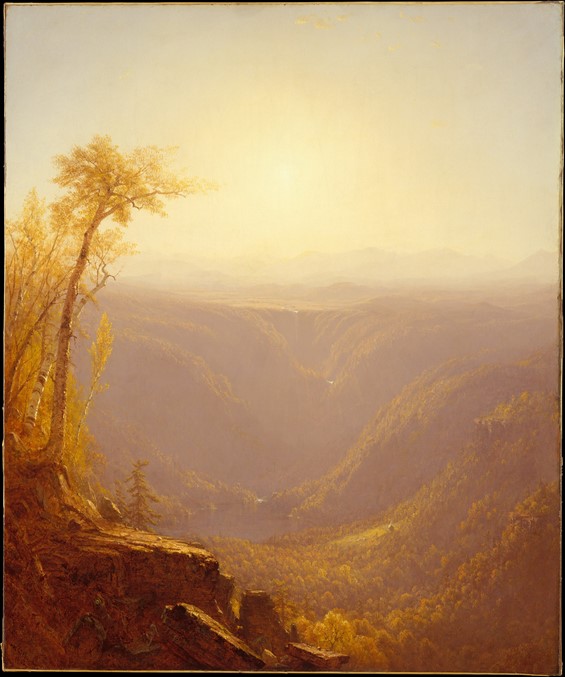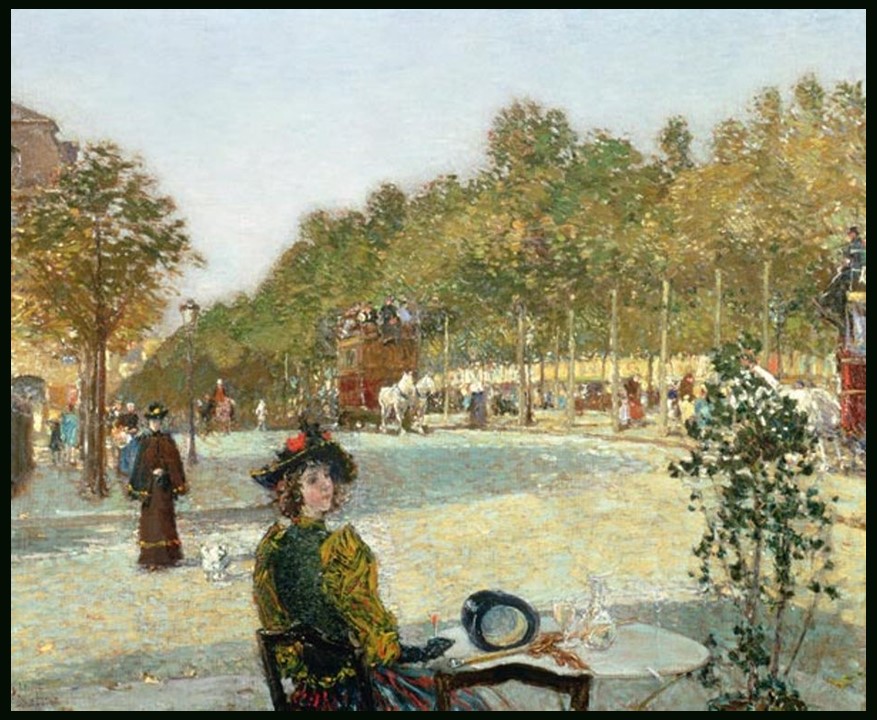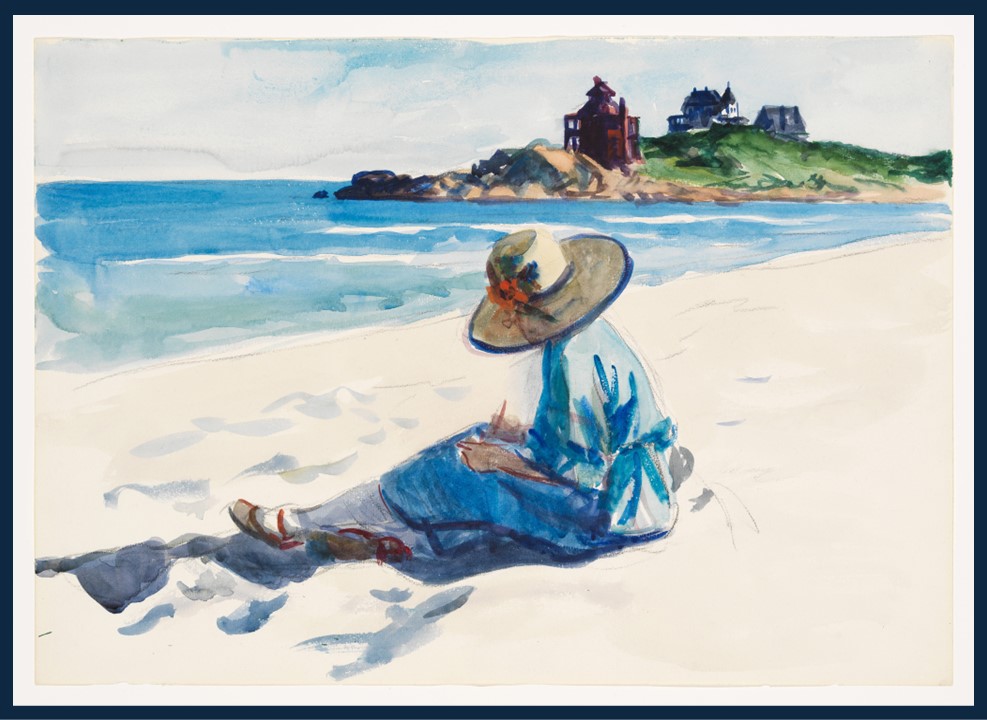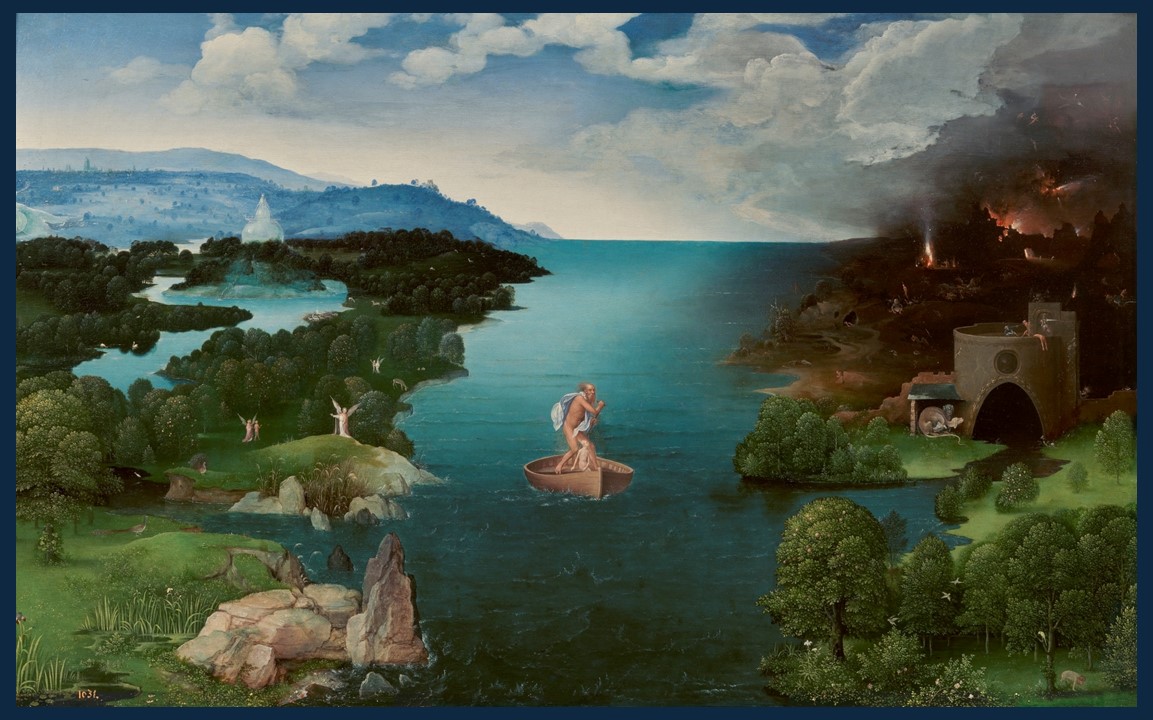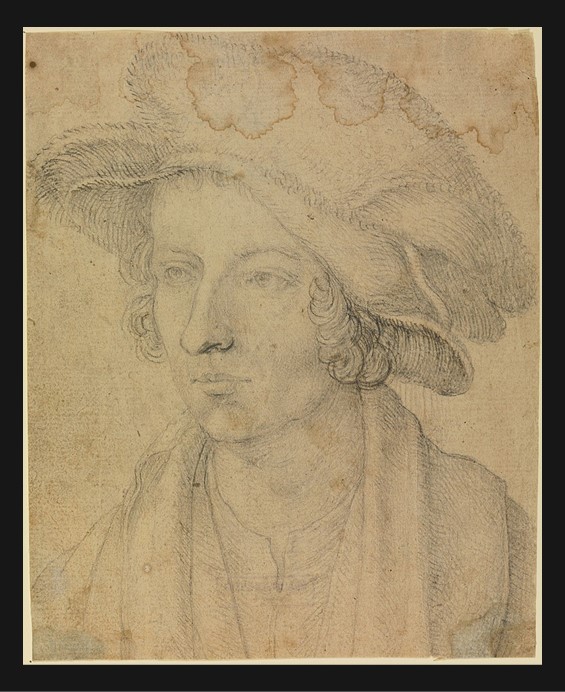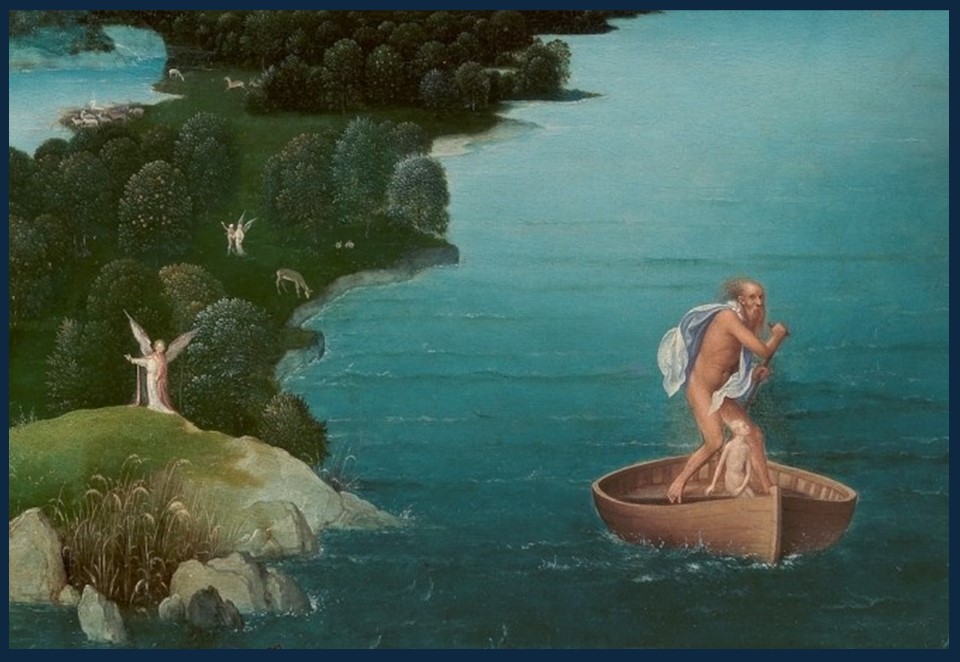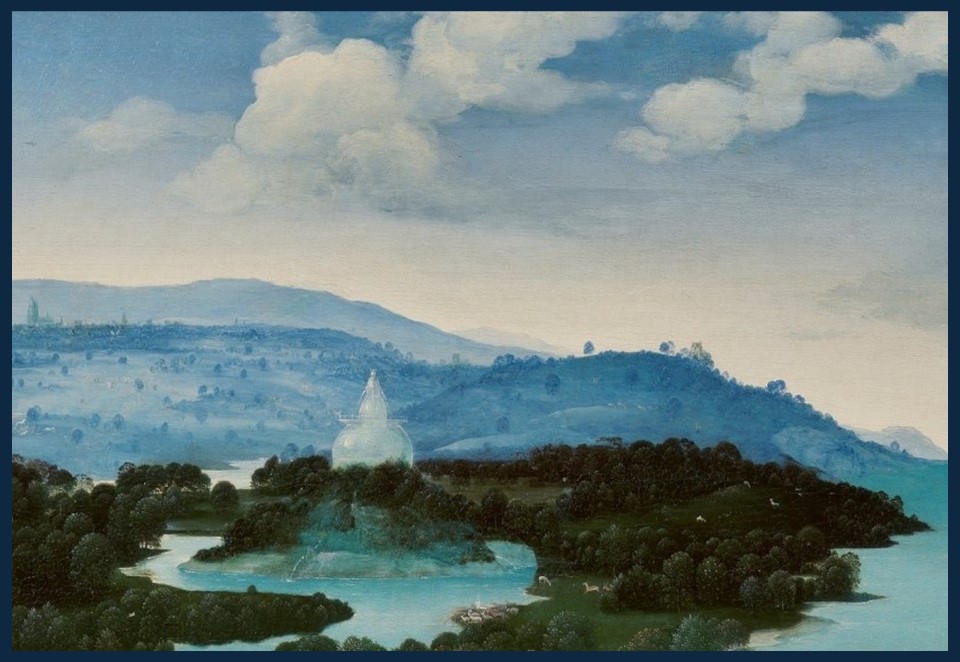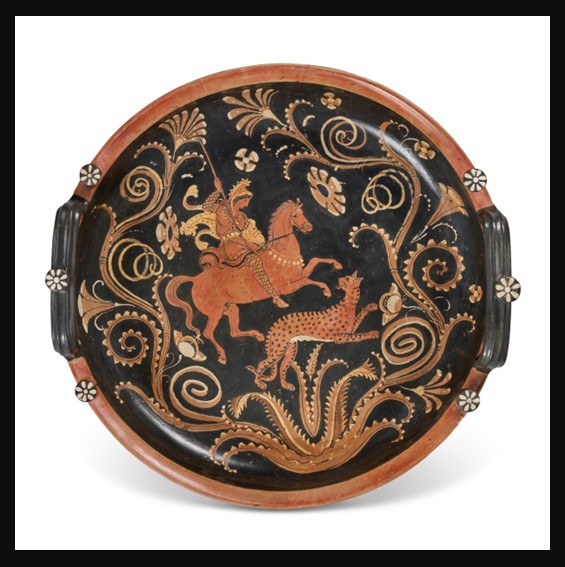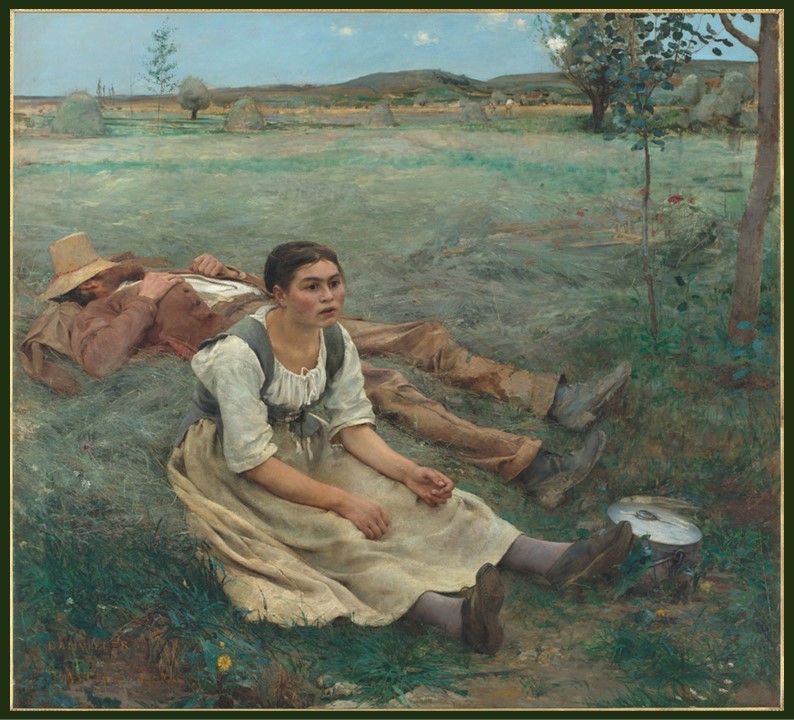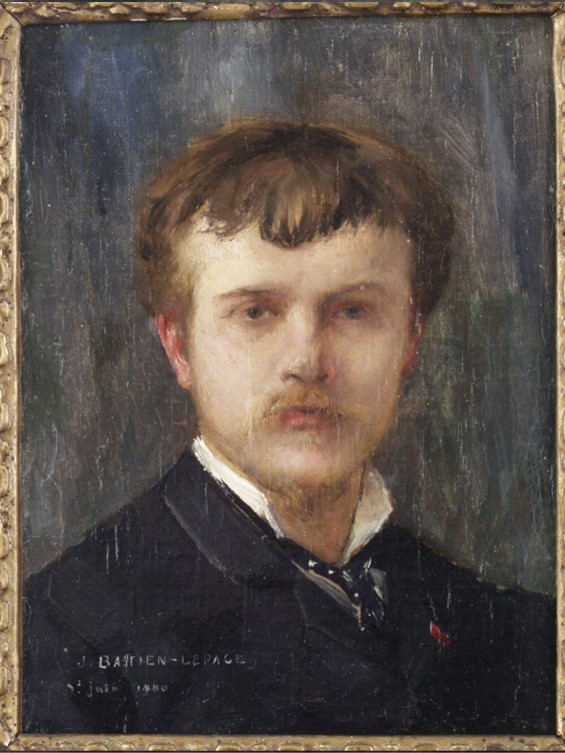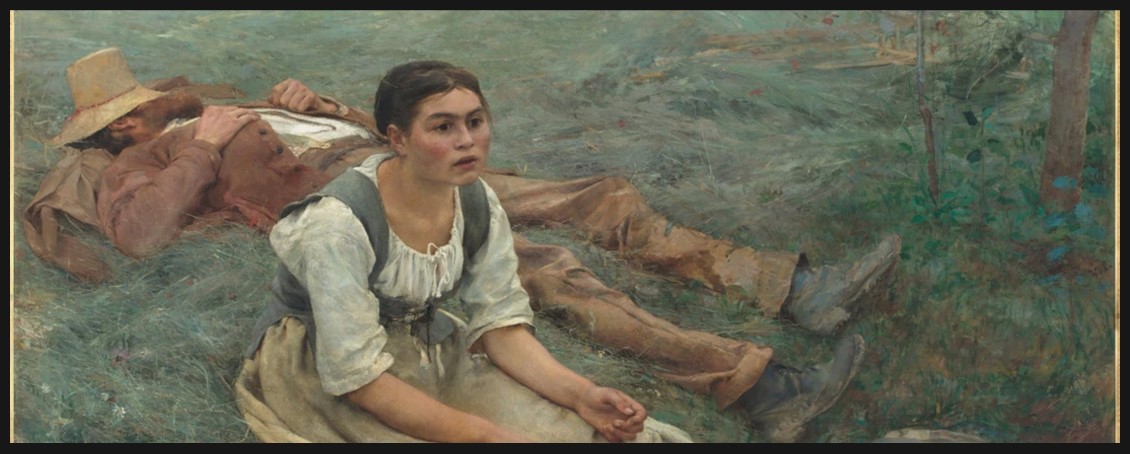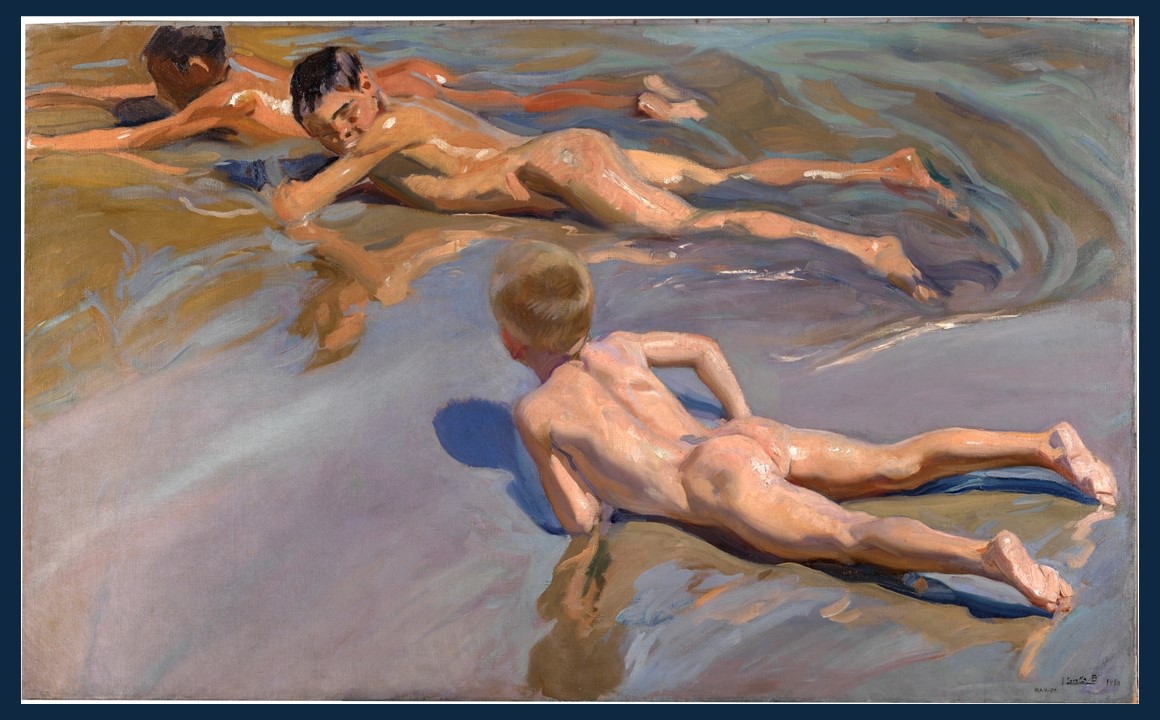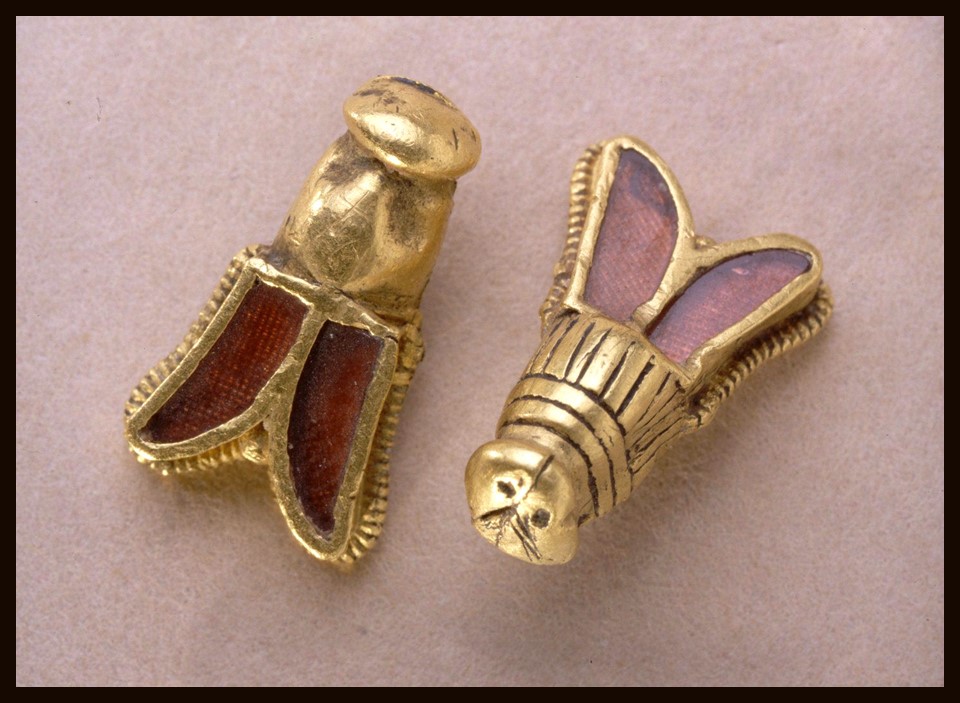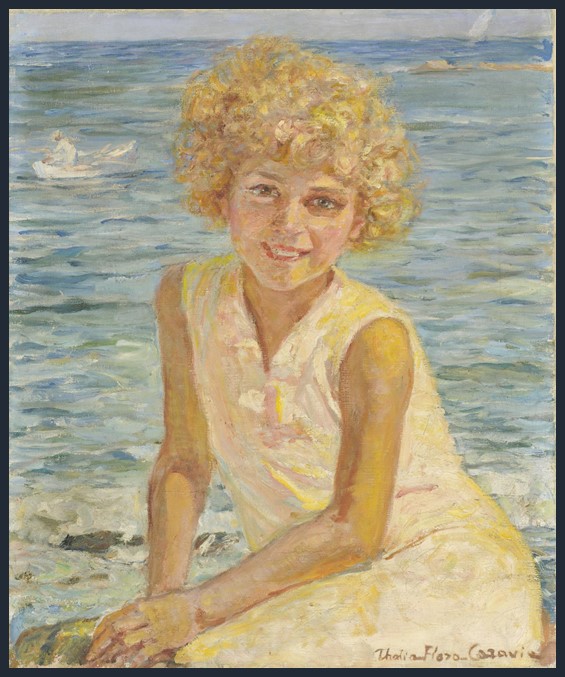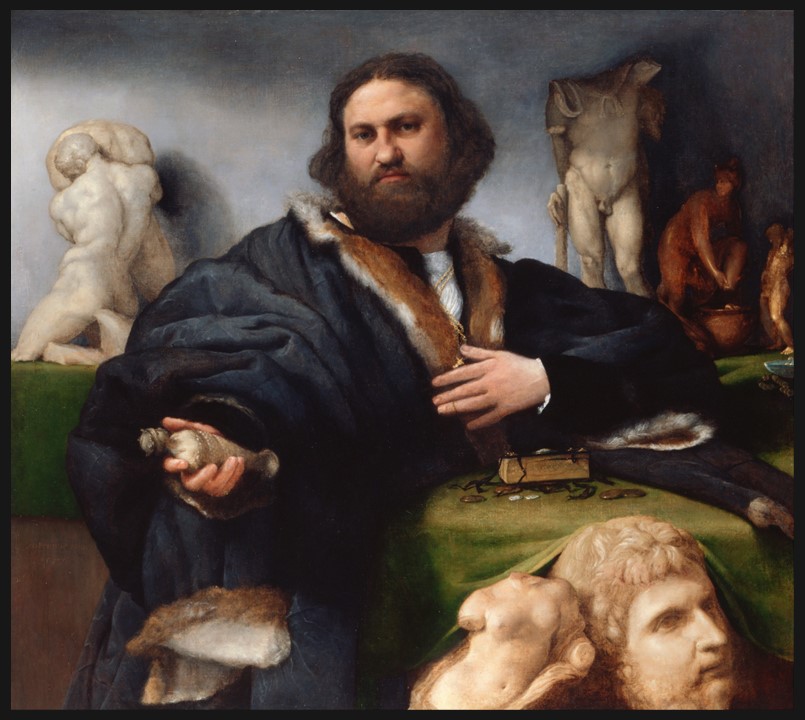
Portrait of Andrea Odoni, 1527, Oil on Canvas, 104 x 117 cm, Royal Collection, Hampton Court, UK https://el.wikipedia.org/wiki/%CE%91%CF%81%CF%87%CE%B5%CE%AF%CE%BF:Lorenzo_Lotto_-_Andrea_Odoni_%281488-1545%29_-_Google_Art_Project.jpg
In the rich tapestry of Renaissance art, few relationships are as intriguing as that between Painter Lorenzo Lotto and collector Andrea Odoni. Lotto, a masterful Venetian painter known for his emotive portraits and religious works, found a patron and admirer in Odoni, a wealthy merchant and avid art collector. This post delves into their lives, their contributions to the art world, and the fascinating intersection of their paths.
Lorenzo Lotto was born around 1480 in Venice, Italy, and was a prominent painter of the High Renaissance. He trained in the vibrant Venetian art scene, which greatly influenced his early works. Despite his Venetian roots, Lotto spent much of his career working in other regions such as Treviso, Bergamo, and the Marches, seeking patronage and commissions. This itinerant lifestyle led to diverse influences and experiences that shaped his unique style. He remained relatively obscure compared to his contemporaries, partly due to his preference for working in smaller, less cosmopolitan cities.
Lotto’s artistic achievements are notable for their emotional depth and psychological insight, distinguishing him from many of his peers. His portraits are celebrated for their reflective quality, often capturing the sitter’s personality and mood with remarkable sensitivity. He also produced a significant body of religious works, characterized by their vivid colour, dynamic compositions, and intricate detail. Despite not achieving the same level of fame as some of his contemporaries during his lifetime, Lotto’s work has gained considerable recognition and appreciation in modern times for its originality and emotional intensity.
Andrea Odoni, born in 1488 in Venice, was a prominent merchant who became renowned for his extensive art collection during the Italian Renaissance. Coming from a wealthy family, Odoni had the means to indulge in his passion for art, which he cultivated alongside his successful mercantile career. His home in Venice became a treasure trove of artistic works, attracting artists, intellectuals, and fellow collectors. Odoni’s refined taste and discerning eye made him one of the most respected collectors of his time, and he played a significant role in promoting the arts and supporting contemporary artists.
Odoni’s achievements as an art collector are highlighted by his ability to amass a diverse and high-quality collection that included works from both renowned and emerging artists. His collection featured pieces by masters such as Titian, Giorgione, and Lorenzo Lotto, the latter of whom painted a famous portrait of Odoni himself. This portrait, known as “Portrait of Andrea Odoni,” is celebrated for its detailed depiction of Odoni surrounded by classical artefacts, symbolizing his deep appreciation for art and culture. Odoni’s contributions to the art world extended beyond his collection, as he was instrumental in fostering a culture of art appreciation and intellectual exchange in Venice. His legacy endures as a testament to the vital role that collectors play in the preservation and promotion of artistic heritage.
Lorenzo Lotto’s Portrait of Andrea Odoni painted in 1527 and housed in the Royal Collection at Hampton Court, UK, is a masterful representation of the distinguished Venetian merchant and art collector. The painting captures Odoni seated in an opulent setting, surrounded by classical artefacts, sculptures, and a rich array of objects that reflect his status and intellectual pursuits. Odoni’s expressive face, with keen eyes and a thoughtful gaze, is the focal point of the composition. He holds in one hand a statuette of Diana of Ephesus, symbol of nature and idolatry, and with the other he clasps a cross to his chest. https://www.rct.uk/collection/405776/andrea-odoni
From an artistic standpoint, the portrait is a testament to Lotto’s skill in capturing not just the physical likeness of his subjects but also their character and social standing. The use of light and shadow, particularly on Odoni’s face, enhances the three-dimensionality of the figure and imbues the painting with a sense of realism. The meticulous detail of the artefacts surrounding Odoni reflects the Renaissance fascination with antiquity and the humanist values of the period. The composition’s richness and complexity suggest a narrative of intellectual curiosity and cultural engagement. The painting not only serves as a personal homage to Odoni’s love for art but also as a broader statement on the importance of collectors in preserving and celebrating cultural heritage. Through this portrait, Lotto provides insight into the sophisticated world of Renaissance collectors and their pivotal role in the art world.
One more note… Lorenzo Lotto’s Portrait of Andrea Odoni is imbued with a complexity that transcends a mere depiction of a collector, inviting viewers to contemplate a deeper narrative. The painting’s juxtaposition of Odoni’s right hand holding the pagan statuette of Diana with his left hand clutching a cross to his heart suggests a profound choice between the enduring power of nature and the transitory nature of human achievement. This contrast emphasizes Odoni’s prioritization of Christian faith over pagan antiquity, highlighting a tension between the values of the time.
For a PowerPoint inspired by the Painter Lorenzo Lotto and collector Andrea Odoni presentation, please… Check HERE!
